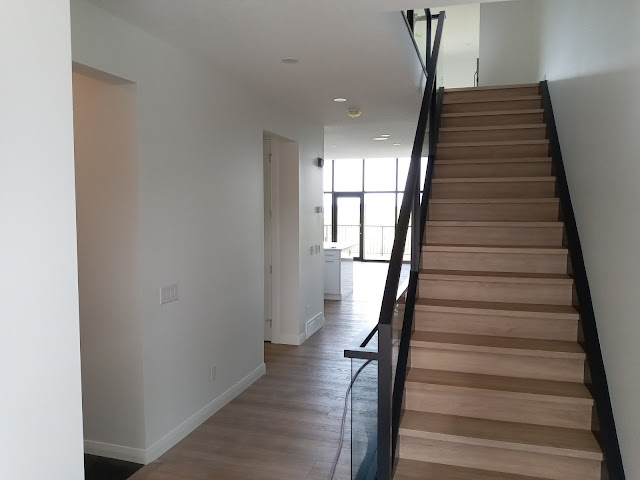When it comes to home maintenance, ceiling repairs are often necessary to address issues such as cracks, water damage, or sagging. Understanding the potential costs involved in ceiling repairs can help homeowners plan their budget and make informed decisions. In this guide, we'll provide you with a comprehensive overview of ceiling repair costs, including factors that influence the expenses, common repair types, and tips for saving money along the way.
Factors Affecting Ceiling Repair Costs:
Several factors can influence the cost of repairing a ceiling. It's important to consider these factors to get a better understanding of the potential expenses involved:
Type and Extent of Damage: The severity and type of damage to your ceiling will have a significant impact on repair costs. Small cracks and minor water stains will generally be less expensive to fix than major structural issues or extensive water damage.
Ceiling Height: The height of the ceiling can also impact repair costs. Repairing a standard-height ceiling is usually more straightforward and less labor-intensive compared to repairing a high ceiling or a vaulted ceiling, which may require additional equipment and expertise.
Ceiling Material: The material of your ceiling can influence repair costs as well. Common ceiling materials include drywall, plaster, and popcorn ceilings. Each material requires specific repair techniques and materials, which can affect the overall cost.
Accessibility: The accessibility of the damaged ceiling area plays a role in determining the repair costs. If the damaged section is easy to access, the repair process may be quicker and more affordable. However, if the ceiling is obstructed by furniture, fixtures, or other obstacles, additional time and effort may be required, potentially increasing the expenses.
Common Ceiling Repair Types and Their Costs:
Here are some common types of ceiling repairs along with their approximate costs:
Patching Small Cracks: Minor cracks in the ceiling can usually be repaired with patching compound or joint compound. The cost typically ranges from $50 to $150, depending on the size and number of cracks.
Water Damage Restoration: Repairing water-damaged ceilings involves identifying the source of the leak, fixing it, and replacing damaged materials. The cost can vary significantly depending on the extent of the damage, ranging from $300 to $1,500 or more.
Fixing Sagging Ceilings: Sagging ceilings may require structural reinforcement and replacing damaged sections. Repairing a sagging ceiling can cost between $500 and $2,000, depending on the extent of the sagging and the necessary repairs.
Removing Popcorn Ceilings: Popcorn ceilings, a popular style in older homes, often require removal due to their outdated appearance and potential health hazards. The cost of removing popcorn ceilings typically falls in the range of $1 to $3 per square foot.
Tips for Saving Money on Ceiling Repairs:
While ceiling repairs can be costly, there are several ways to save money without compromising the quality of the work:
Promptly Address Issues: Addressing ceiling problems as soon as they arise can prevent further damage, potentially reducing repair costs in the long run.
Obtain Multiple Quotes: It's wise to seek quotes from multiple contractors to compare prices and ensure you're getting a fair deal. However, remember that the cheapest option isn't always the best, so consider the contractor's reputation and experience as well.
DIY Repairs: For minor ceiling repairs, such as small cracks, you may be able to tackle the job yourself with the help of online tutorials and basic tools. However, be cautious not to take on tasks beyond your skill level, as this could lead to costly mistakes.
Regular Maintenance: Performing routine maintenance on your ceiling, such as cleaning, repainting, and checking for signs of moisture or structural issues, can help identify and address problems early on, potentially saving you from more extensive and expensive repairs.
Insurance Coverage: If the damage to your ceiling is a result of a covered peril, such as a burst pipe or severe weather, check with your homeowner's insurance provider to determine if the repairs are covered under your policy. This can help alleviate some of the financial burden.
Conclusion:
Ceiling repairs are a common aspect of home maintenance, and understanding the potential costs involved is essential for homeowners. Factors such as the type and extent of damage, ceiling height, material, and accessibility all influence the overall repair expenses. By familiarizing yourself with different repair types and their approximate costs, you can better plan your budget. Remember to explore ways to save money, such as addressing issues promptly, obtaining multiple quotes, considering DIY options for minor repairs, and performing regular maintenance. By taking these factors into account, you can effectively manage ceiling repair costs and ensure a safe and aesthetically pleasing home environment.






No comments:
Post a Comment